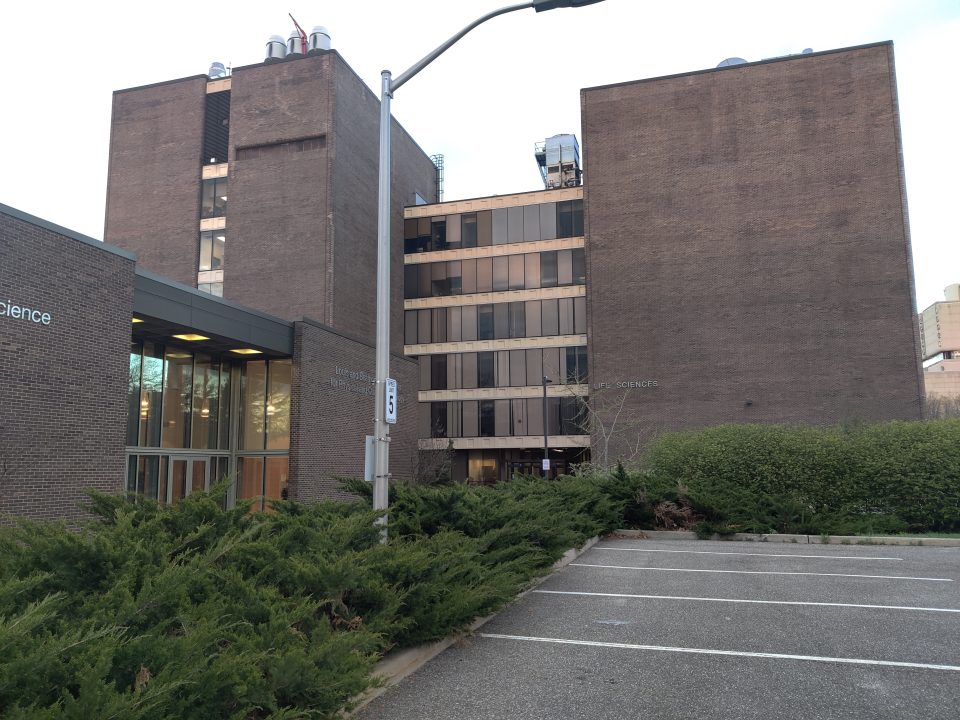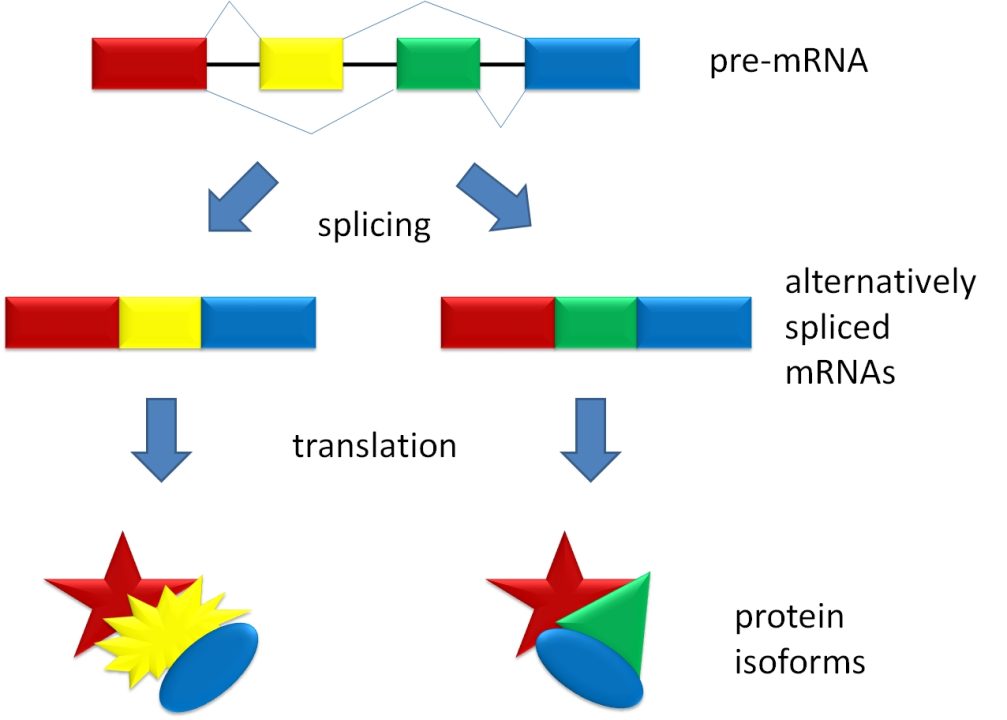
Benjamin Joffe is a freshman political science major.
Voter suppression is not a new practice in the United States. Members of the political and economic elite within the U.S. have sought to limit the political influence of workers, women and racial minorities since the founding of the country.
Most recently, state legislatures in Georgia, Michigan, Arkansas, Iowa and North Dakota have rekindled voter suppression efforts with perilous resolve.
Georgia Gov. Brian Kemp recently signed a law that overhauls the state’s electoral procedures, requires strict ID mandates for access to mail-in ballots and reduces accessibility to drop boxes. These new efforts are a reaction to false claims of voter fraud influencing the 2020 Presidential election, perpetuated by much of the GOP.
Laws like these place suffocating restrictions on voters of color, as 25% of African Americans of voting age lacked a government-issued photo ID. Limiting access to ballot dropboxes makes it more difficult for those working long hours to submit a ballot.
In many states, voters with felony convictions cannot vote, even after they have served their sentence. These felony disenfranchisement laws prevent approximately 6.1 million Americans from voting. Laws like these unjustly disenfranchise Americans and inherently undermine democracy.
Modern voter suppression laws are, mostly, motivated by a historical agenda, one that seeks to silence the voices of the oppressed.
This crusade dates back to at least the 1700s, when the right to vote was only granted to whites who owned property. Because of this, only around 6% of the population could vote in the first presidential election in 1789.
These restrictions loosened in the early 1800s, causing the number of white men who were eligible to vote to skyrocket.
After a brutal civil war, the passage of the 14th Amendment would redefine standards of enfranchisement by giving all citizens the right to vote, and would require white elites to develop uniquely malicious workarounds as a byproduct.
It was here, during the Jim Crow era, where modern approaches to voter restrictions began to take shape. Because of the Constitutional protections provided by the 14th Amendment, more veiled methods of disenfranchisement were developed.
These methods notably included poll taxes, which would require voters to pay a fee in order to vote, literacy tests, which required voters to show an ability to read in order to vote and grandfather clauses, which would only allow a person a vote if their grandfather was enfranchised. This led to an overwhelming rate of disenfranchisement among Black voters, regardless of constitutional protections.
The consequences of this are still felt today. By removing the ability of the African American electorate to vote for representatives, the gate was open for the passage of laws that promoted housing discrimination, gerrymandering and segregation. Politicians were elected that disregarded the Black population, as they did not see them as part of their constituency, and would promote laws that aimed to appeal to most white voters.
Democracy works best when there are as few restrictions placed on voting as possible, as it promotes the election of politicians that best represent the will of the people.
Regardless of this, rates of disenfranchisement have skyrocketed since 1974, in large due to felony disenfranchisement laws and, more recently, voter ID requirements.
Politicians promoting voter ID requirements often present the argument that requiring ID at the polls would prevent voter fraud, which they claim is a widespread epidemic.
But in reality, there are almost no cases of voter fraud in major elections. In fact, election investigations show incident rates of only three-hundredths of a percent. There is a greater chance of being struck by lightning than for in-person voter fraud to occur.
By looking past the misleading justifications put up by these politicians, one can quickly identify the true intent behind these laws: to disenfranchise a large part of the voting population.
Republicans who support voter restrictions understand that if voting restrictions were lifted, it would be far more difficult for them to win elections, as their platform resonates less and less with the new voting population.
Because of this, Republicans fight to reduce enfranchisement as much as possible, especially amongst groups that predominantly vote for rival candidates or parties.
Attempts to prevent these forms of voter restriction have been met with mixed results. As it stands, voter ID and felony disenfranchisement laws are constitutional.
With recent cases being brought to the Supreme Court, only time will tell whether voting protections will be broadened.


















